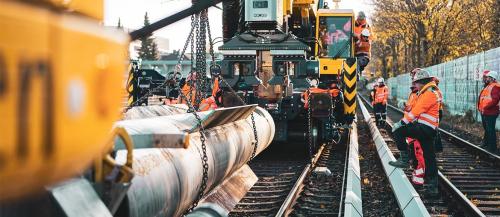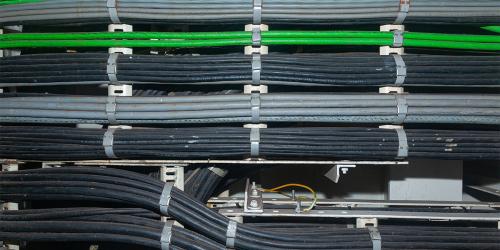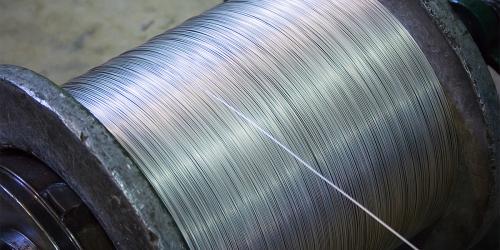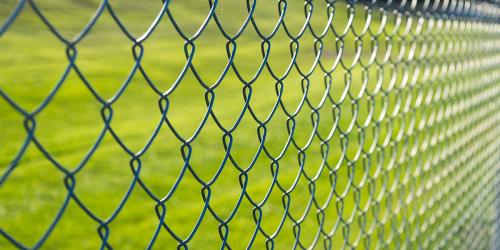"Do wall ties cause damp?" "How do I fix damp I think has been caused by wall ties?" "How can I stop wall ties causing damp?" These are just a few of the questions we have been recently asked here at BS fixings, regarding the perceived relationship between wall ties and dampness.
One thing that we want to make clear is that wall ties in themselves do not cause damp. However, if they are improperly fitted, of poor quality, or start to corrode then this can lead to structural problems. This, in turn, can result in damp penetration.
One of the best ways of preventing damp travelling through the walls of a building and affecting the internal surface of the facing walls within your property is to build with the inclusion of a cavity. Wall ties are only present in buildings with a cavity wall and not in a solid wall constructed building. Consequently, any damp in a single skinned wall must be from another source. If that's the case, you can exclude wall ties from your investigation.
A brief history
Cavity Wall Ties were first used in construction around 1900. However, in these early days, wall ties were not of the quality that you see today. The importance of galvanisation in the manufacture of the wall ties was disregarded entirely. The early wall ties were more subject to corrosion and failure, resulting in problems with damp. Most of the original ties found in buildings are nicknamed fish tale ties. These kick out at the ends and are placed in the mortar bed whilst the building is being constructed. They look a bit like our Bluebird Screw Ties, actually.
We generally advise that if the building is constructed using a cavity wall and pre-dates 1980 then it's worth carrying out a wall tie inspection. This'll help to determine the level (if any) of corrosion that has occurred. As the older type of wall tie corrodes and expands, it will result in the expansion of the mortar beds. This, subsequently, causes a lift to the outer brick skin. Significant damage by wall tie failure can result in the skins collapsing from the main body of the property. It can even result in bulging to the external skin. This can often only be resolved by taking down the wall entirely and re-building it. Not ideal!
What to do next
Firstly, your best course of action is to carry out a review. If you're in any doubt about the quality of the existing wall ties, you might want to replace the wall ties prior to the onset of any structural issues. You can see our range of wall ties here including our range of galvanised wall ties designed to reduce corrosion.
Our wall ties also have additional features built into their manufacture which is a drip to prevent moisture crossing the cavity (Frame Cramp Wall Tie with Drip). These are ideal for those of you that are worried about damp setting in upon completion of your building project. This is because the drip prevents moisture from travelling along the tie and across the cavity, transferring moisture from one skin to another.
As always, if you have any questions regarding our range of wall ties, then please get in contact. We do advise that if you are concerned about the condition of an existing property that you speak to a qualified and reputable expert prior to carrying out any remedial work yourself.
Click here to view our range of wall ties.






